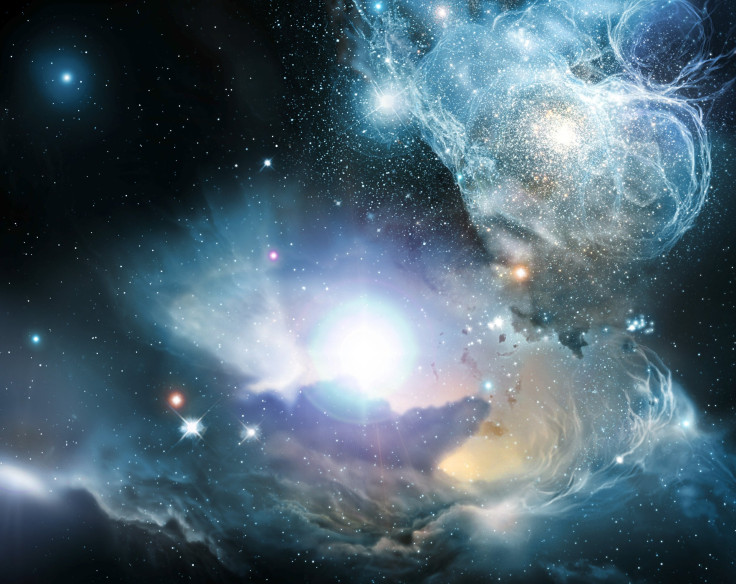Ancient Quasars May Shed Light On Universe’s Formative Years

Quasars — quasi-stellar radio sources — have been objects of intrigue for astronomers ever since they were first detected in the 1960s. A quasar is a compact region surrounding a galaxy’s supermassive black hole, heated to such an extent that it emits massive amounts of energy and can even outshine the galaxy in which it resides.
They are some of the most distant objects discovered in the observable universe, making them key to understanding the formation of the cosmos we inhabit — especially the early stages when the first stars and galaxies burst into existence. Now, in a discovery that could provide a significant boost to our hunt for answers, a team of scientists announced the discovery of 63 new quasars from when the universe was just a billion years old.
Detailed in a study to be published in the latest edition of the Astrophysical Journal Supplement Series, the discovery almost doubles the number of ancient quasars previously discovered.
“The formation and evolution of the earliest light sources and structures in the universe is one of the greatest mysteries in astronomy,” lead author Eduardo Bañados from the Carnegie Institution for Science said in a statement released Monday. “Very bright quasars such as the 63 discovered in this study are the best tools for helping us probe the early universe. But until now, conclusive results have been limited by the very small sample size of ancient quasars.”
The universe burst into existence nearly 13.8 billion years ago in an event we call the Big Bang.
In the beginning, the cosmos was a hot soup of ionized gas — with electrons and ions of hydrogen and helium buzzing around. Then, roughly 400,000 years after the Big Bang, the universe entered an era of “recombination,” wherein it cooled down enough to allow ions to recombine into atoms. Although this era is believed to be the first time light shone in our universe, it didn’t last long. The universe was soon plunged into the “dark ages” — the time before the birth of the first stars.
When the first generation of stars were born, about 500 million years after the Big Bang, they emitted strong radiation that ionized hydrogen once again, triggering an era of “reionization” that eventually led us to where we are today — a universe filled with stars and planets made up of a plethora of heavy elements, and the omnipresent Cosmic Microwave Background (CMB), which is the radiation left over from the era of recombination.
This era of reionization, when the first condensed sources of matter were formed, is what scientists hope to study using these ancient quasars.
“There is still a lot about this era when the universe's lights were turned back on that science doesn't understand. But having more examples of ancient quasars will help experts to figure out what happened in those first billion years after the Big Bang,” the Carnegie Institution said in the statement.
© Copyright IBTimes 2024. All rights reserved.






















